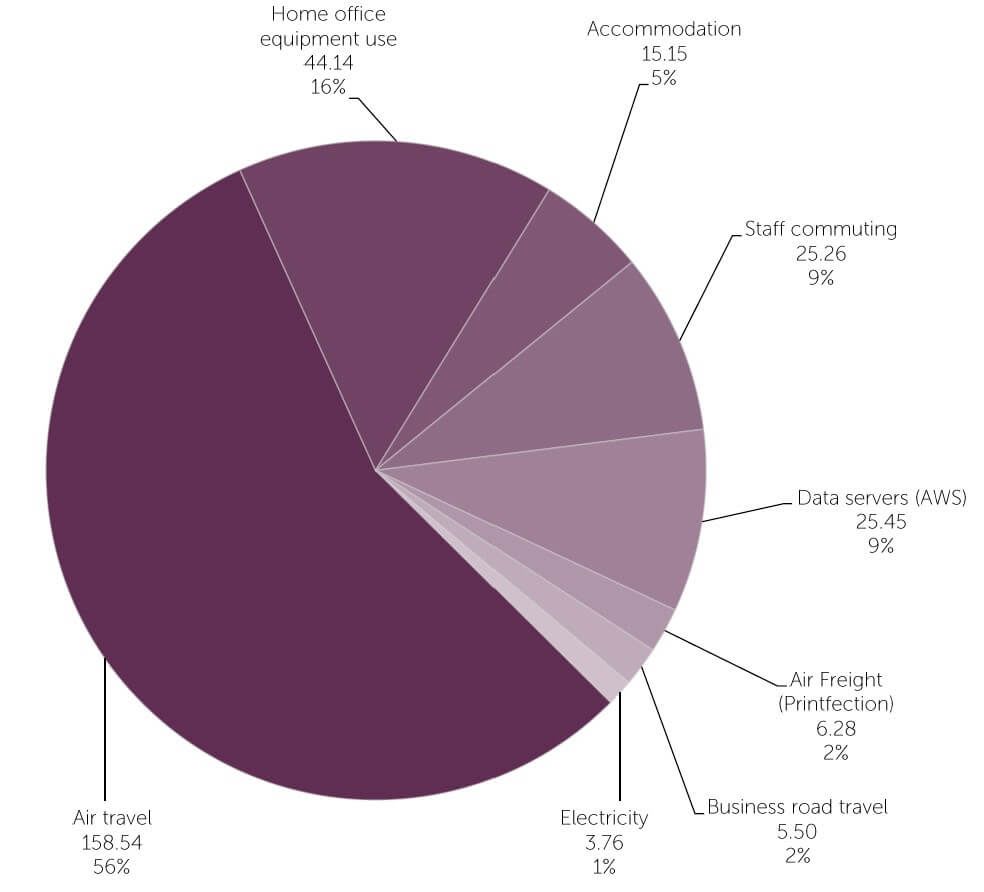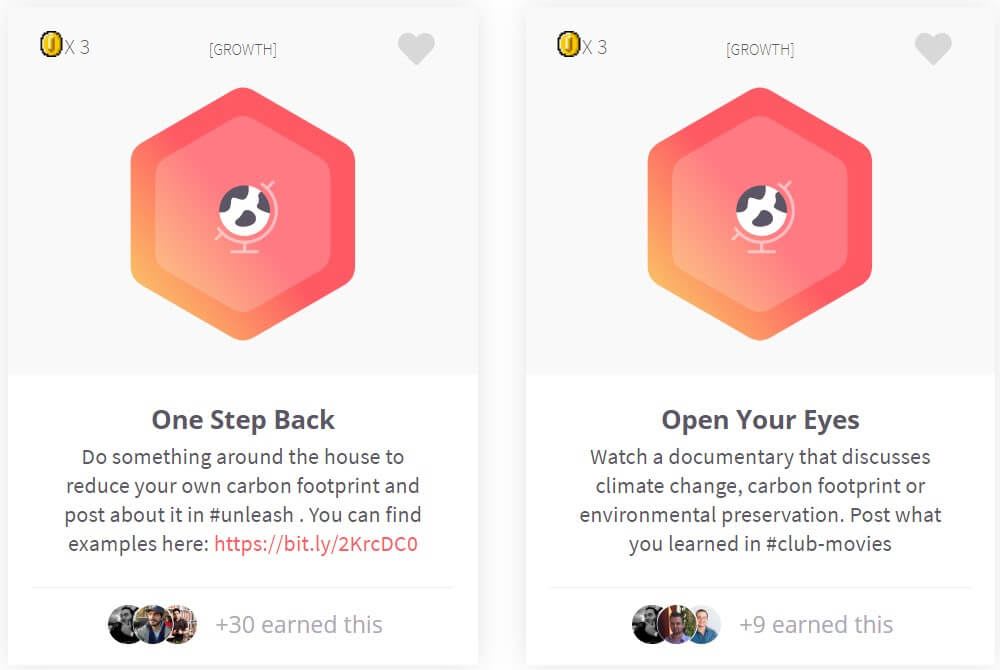
At the beginning of the year, X-Team made a commitment to become a fully carbon-neutral company by the end of 2020. It's been a few months, but we've just completed the first, important step in that process: measuring our carbon footprint.
Because X-Teamers are spread all over the world, measuring our collective footprint wasn't an easy process. Auditors usually start with offices, calculating their emissions based on their energy use, heating, cooling, etc. All things that only minimally affected X-Team's footprint or just weren't applicable at all. We had to dive deeper and figure out local power grid emissions, what constituted "work" vs "home" emissions, and what we considered commuting.
That is one of the reasons why we partnered up with Carbon Neutral, one of Australia's leading carbon solution providers. Their help has been invaluable in gathering information and turning that into the single number that is now our shining goal to beat.
284.07 Tonnes of CO2-e
In X-Team's 2019 financial year, we collectively emitted 284.07 tonnes of CO2-e. CO2-e stands for carbon dioxide equivalent, which means we didn't just include carbon dioxide in our calculations, but also methane, nitrous oxide, hydrofluorocarbons, perfluorocarbons, sulfur hexafluoride, and nitrogen trifluoride. Pretty much all the harmful greenhouse gases.
So there it is. Our goal to beat: 284.07 tonnes of CO2-e. To give that number some perspective, a non-remote company with the same amount of employees offering similar services usually emits over 1,000 tonnes a year. So we emit approximately 75% less CO2-e because we're fully remote. But it becomes even more interesting when we break it all down.

Commercial air travel is by far our biggest pollutant. 56% of all our emissions came from X-Teamers flying to conferences, X-Outposts, etc. This is incredibly valuable information that we can use to make better carbon decisions.
For example, we can be smarter about where we host our events. If we host them closer to where X-Teamers live, we could significantly lower the number of transatlantic flights. That would already reduce our air travel emissions by quite a bit.
We already do this to a degree. We hosted the X-Summit in a place that most participants could get to via train, bus, or car. But now we have the numbers to back up more of these smart carbon decisions.
We've also started creating bounties that incentivize X-Teamers to take other means of travel. A long train journey from one end of the country to the other can be a far bigger and more exciting adventure than a flight.
Our second biggest pollutant is home office equipment use. This is mostly the electricity that our laptops, desktops, monitors, and lighting consumes in our home offices. We measured this by sending all X-Teamers a survey to better understand how long they worked (per day, per week, and weeks per year) and what their work setup looks like. We asked X-Teamers to be as thorough as possible, so our findings would be too.
In the cases where we didn't have enough data, Carbon Neutral applied a conservative estimate to make sure we didn't end up under-reporting our carbon footprint. They calculated emissions for home office use according to the energy mix of the country the X-Teamer was located in, so that their emissions would reflect the CO2 intensity of the power generation they're likely using (e.g. coal, gas, renewables,...).
We also asked X-Teamers whether they commuted at all. After all, not every remote worker works from home. Many work from a coworking place or even from coffee shops. We asked how they commuted, how long the commute took, and so on.
The Road to Becoming a Carbon-Neutral Company
We now have a target to beat: 284.07 tonnes of CO2-e. There are two ways we'll move forward from here. Firstly, we want to reduce our footprint. The quarantine will inevitably help with this, but that's only temporary. It doesn't mean we should rest on our laurels.
Instead, we've already created several bounties that incentivize X-Teamers to reduce their carbon footprint and educate themselves on climate change.

Secondly, we will offset our carbon emissions by investing in projects that help our climate. There's a lot of innovation happening right now in the world of carbon-offset projects. Not only will we proactively reduce our footprint, but we also want to invest in projects that make even bigger dents in global emissions, so we can help pave the way to a future where Earth has a fighting chance.
That's why we're in the process of asking X-Teamers which type of projects we should invest in. These are the options:
- Renewable energy
- Direct carbon capture
- Cleaner transport
- Capturing methane emissions
- Renewable energy for tech hubs
- Rainforest and mangrove protection
- Planting trees
What's most exciting about all this is that the number has made it real. It's one thing to set a goal to become a carbon-neutral company by the end of the year, but another thing to see the number you need to beat and realizing that it's eminently possible. As we come out of quarantine, we have a unique opportunity to create a better world. Let us together build a planet where we can peacefully coexist with nature.
TABLE OF CONTENTS



